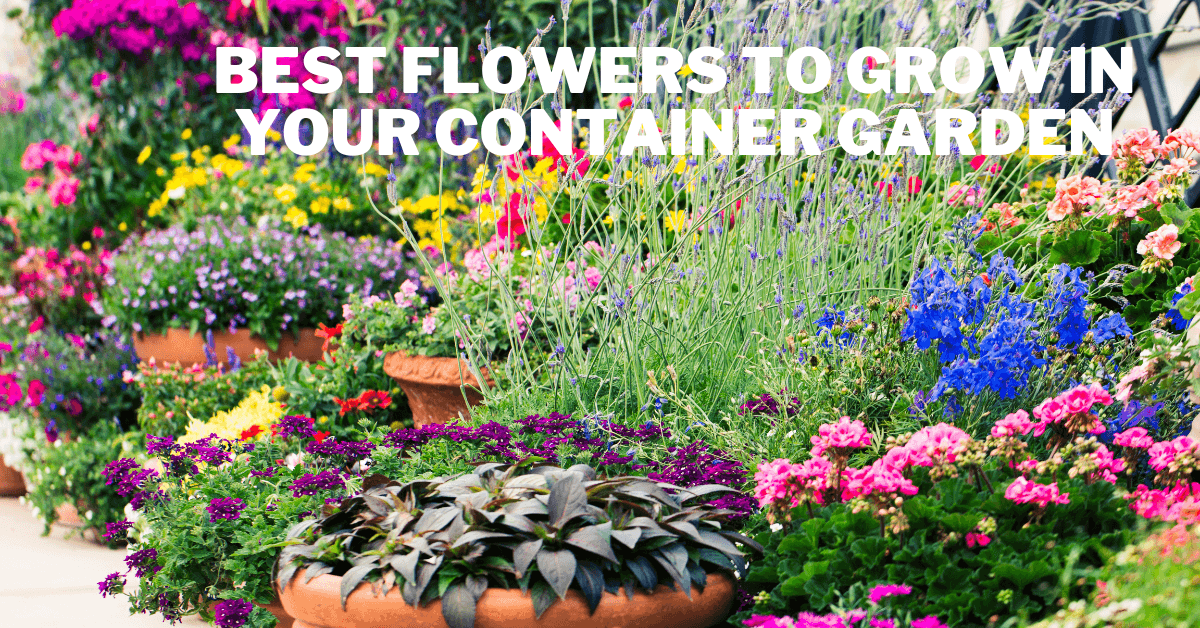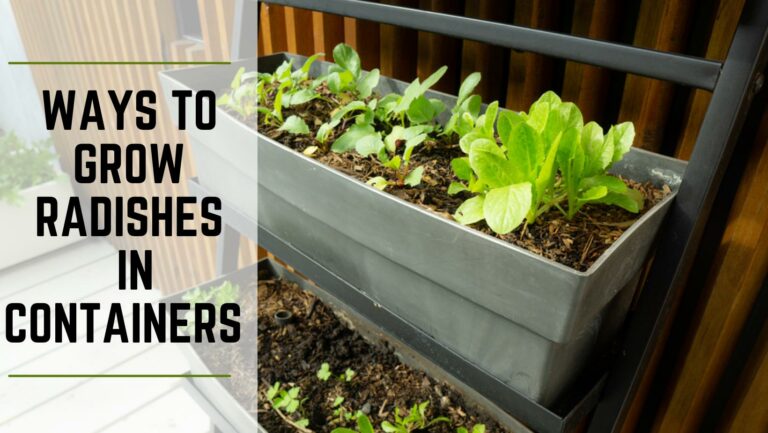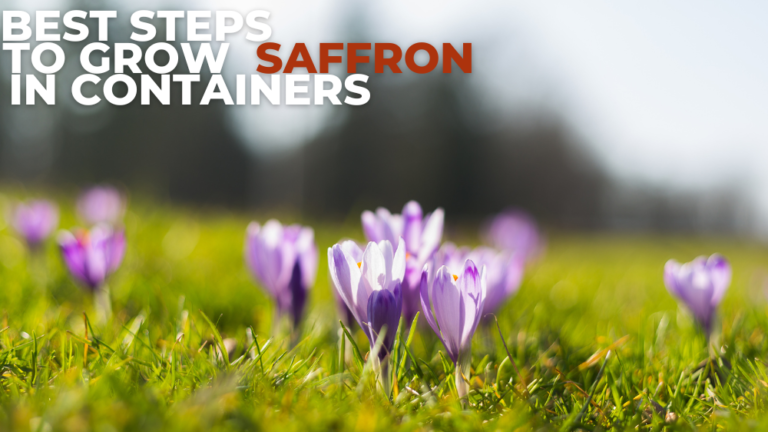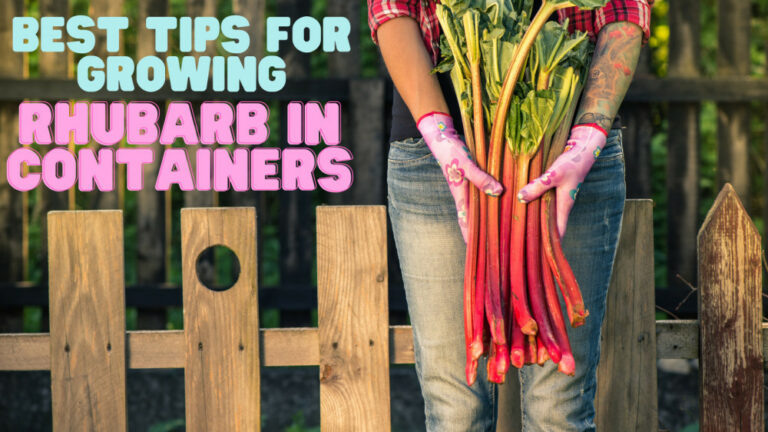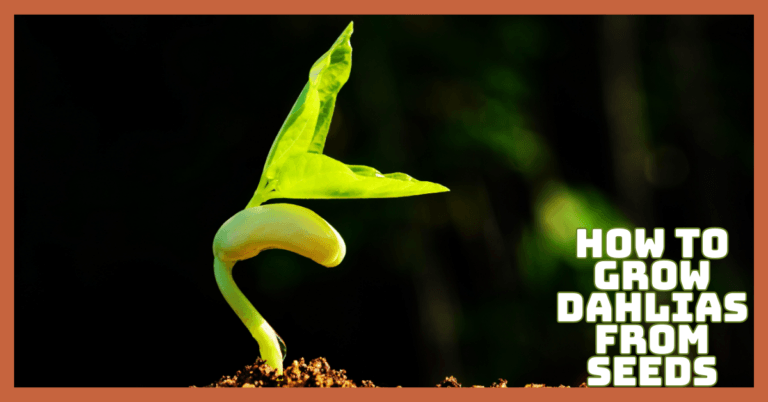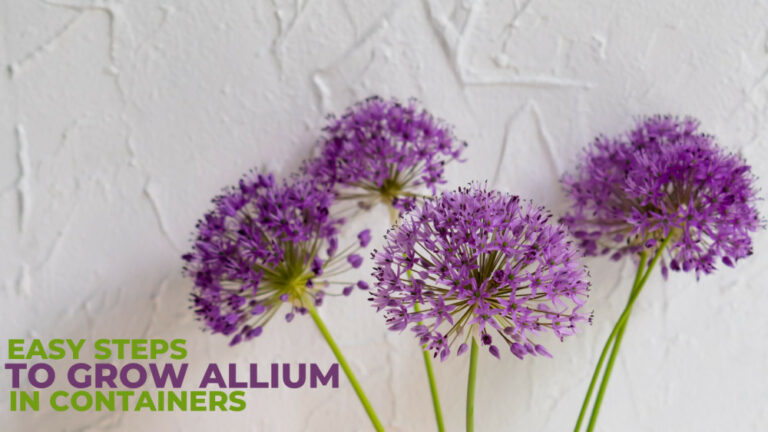Best Flowers To Grow In Your Container Garden
Best Flowers To Grow In Your Container Garden
Flower-filled containers are a lovely way to brighten a balcony, perk up a patio, delight a deck, or offer a welcoming touch to your front door.
Giving each plant its pot makes it simple to reorganize and adjust your collection as needed over the growing season.
Larger containers with numerous plants provide additional rooting space, promoting rapid growth and a lush, garden-like appearance.
You'll have an abundance of colour for months without having to dig up a shovelful of soil in either case. An all-purpose, soilless growth mix will suffice for a wide variety of flowering annuals.
What You Should Keep In Mind Before Growing Flowers In Your Container Garden
- Think about where you'll store your pot. Your plant choices will be influenced by the amount of sun, rain, and wind the area receives. Inquire about what will thrive in your area with a local online plant organization.
- When purchasing a plant, inquire whether it has any unique requirements. Orchids, for example, require excellent drainage, succulents require sandy soil, and water-loving plants may benefit from adding moisture-holding coconut fiber to the mix.
- When choosing plants to share a pot, ensure they have similar growing requirements, such as the same type of soil and quantity of sun, water, and fertilizer.
- In your pots, never use garden soil. It does not drain effectively and will choke the roots of the plants. Purchase the best potting soil available.
What Kinds Of Plants Should You Choose?
- Check out the seedlings at your local nursery for quick colour. These will almost always be annuals (which only live for one season, then set seed and die). Seedlings flower faster, but growing from seed is less expensive.
- Plant bulbs in the fall for spring blooms.
- Herbs and perennials, for example, survive for many years and provide long-lasting colour.
- When the plant isn't flowering, it adds texture with its intriguing leaves.
- If you wish to add edible plants, remember that many flowers are also edible. Calendula, marigolds, borage, nasturtiums, violets, and herbs like chives have edible flowers. On the other hand, consumables like strawberries have lovely blossoms.
- Combinations can be used to stagger flowering times. Daffodil bulbs are planted beneath lettuce, which will be done by the time the bulbs bloom.
Time To Plant
- This is the simple part. Add the plants to the container after filling the planters with the best quality potting mix.
- If your container has a hole in the bottom through which the mix will fall, cover it with a scrap of shade cloth or a flat stone.
- Make sure to read the plant labels to determine how big the plant will grow and how much space to provide.
- Ensure the dirt is at the same level as the stems; if it's too low, they'll be buried, and if it's too high, they'll dry up and fall over.
- Arrange the plants like flowers, with the tallest in the middle or rear and the trailing ones cascading over the edge.
The Best Flowers To Grow In Your Container Garden
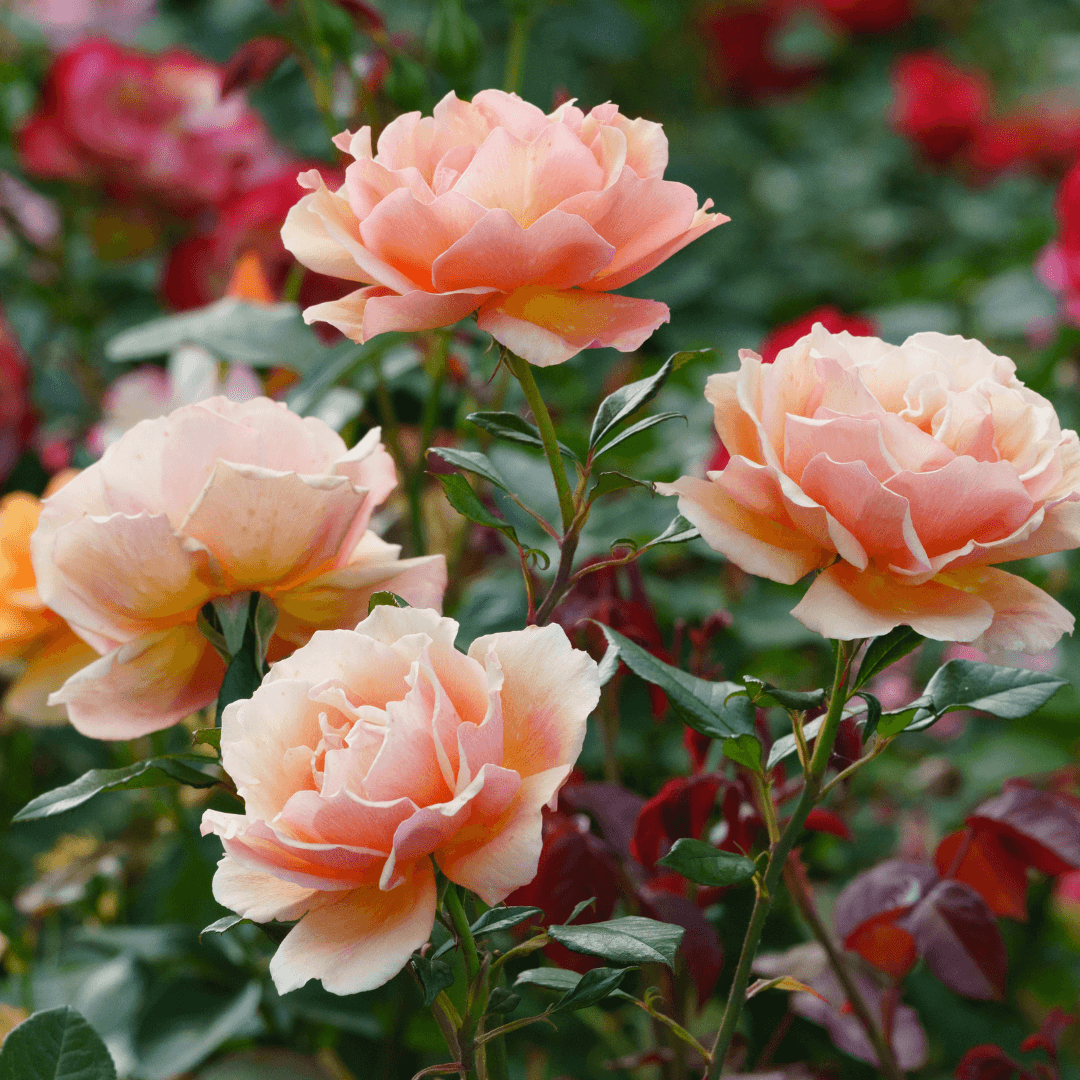
1. Roses
Roses are among the most attractive garden plants, occupying much room. Growing them in pots is one alternative, allowing you to use available space on a deck, patio, or stairwell.
Planting in pots also allows you to control moisture levels and sunlight exposure better. Finally, planting potted roses is viable if your local garden soil is poor and unsuitable for growing good roses.
Regarding roses, not all of them work well in containers. A climbing rose, for example, is a bad choice unless planted against a trellis or supported in some other way, as it would sprawl out everywhere.
Grandiflora roses, on the other hand, are taller with larger blooms and are more prone to toppling or blowing over when grown in containers.
Shrub species and older rose cultivars can also attain sizes that make growing in a small space problematic. It's also better to leave the hybrid tea roses in the garden, as they don't fare well in containers.
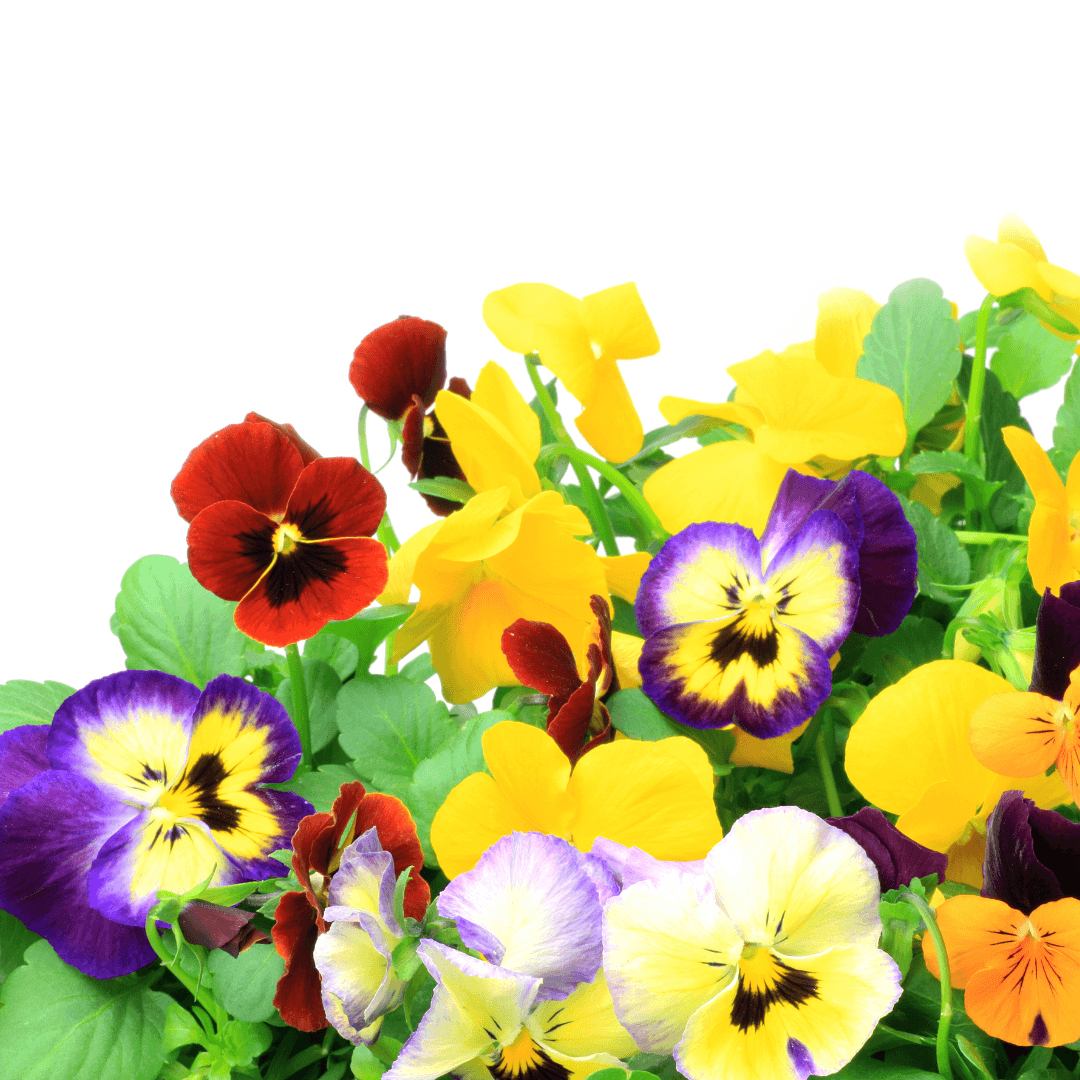
2. Pansies And Violas
Annual violas come in various varieties. They are perfect for pots in the early spring and the fall when cool temperatures and mild frost are possible.
These plants prefer low temperatures so much that once spring reaches early summer, they'll need to be replaced with warm-season plants.
Because these are low-growing plants will look best in a broad, low bowl or in a mixed pot with larger specimens as a “fuller/spiller” plant.
Pansies, like their smaller relative, violas, prefer cool temperatures and will fade and grow leggy if the temperature rises too high.
During the growing season, fertilize lightly—too much fertilizer will lead them to become leggy, but if they don't get any, they will get leggy. NO-2:Spiral Sorrel
The genus Oxalis has many plants that are together known as wood sorrels. Oxalis spiralis subsp. Vulcnaicola. Vulcnaicola, often known as spiral or volcanic sorrel, is a favourite spring container species. It is an evergreen perennial in warmer climates but is grown annually in colder climates.
This native subspecies is a sprawling plant that can reach a height of 8 inches and a width of 2 feet or more.
The cultivated, named varieties are mounding plants that work well as “filler” plants in containers.
The flowers are usually yellow, although the leaves of the identified cultivars can range from brilliant green to dark purple.
Fertilize oxalis regularly and keep them moist, not wet. If your plant becomes leggy, chop it down.
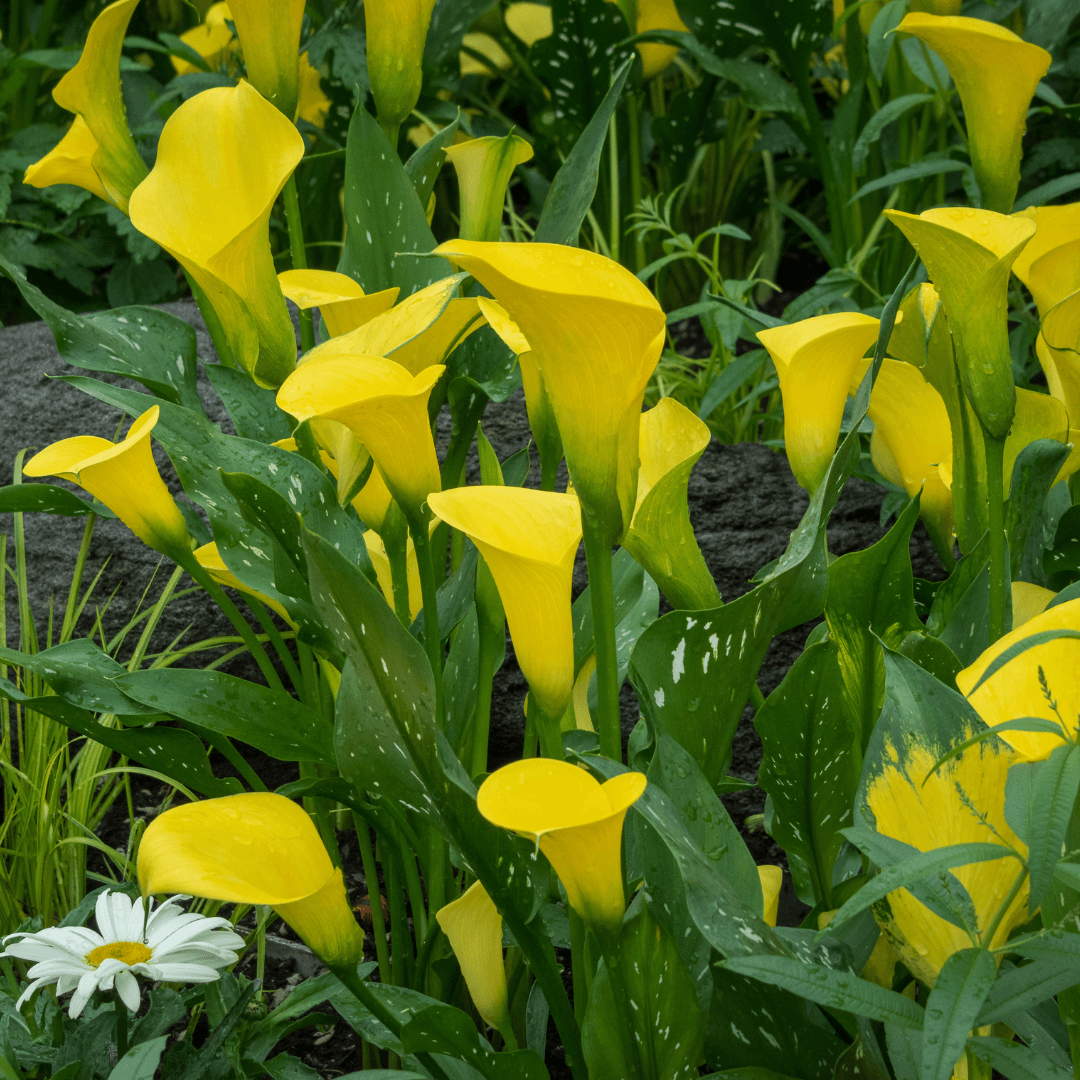
3. Calla Lillies
Calla lilies, commonly known as trumpet lilies or Lily of the Nile, are waxy white blossoms that twist and coil gracefully before ending in a delicate point.
The dark green, heart-shaped foliage of calla lilies can be varied with white spots, while the blossoms can be pink, orange, or red.
Calla lily plants are native to the South African marshlands, but they've become popular in American gardens as marginal pond plants and container plants.
Cut calla lily blooms last a long time in floral arrangements and are popular for weddings and Easter.
The calla lily can grow up to 2 feet tall in a plant container, and there are also miniature calla lily varieties.

4. Chamomile
Chamomile is a lovely white-petaled flower that can be dried and used to make a pleasant herbal tea.
If you want to cultivate chamomile for tea in your balcony garden, choose German chamomile rather than Roman chamomile.
This container plant is generally only around 9 inches tall, but it can reach a height of 2 feet and a width of 2 feet. Chamomile blossoms are roughly 1 inch in diameter and resemble daisies.

5. Coral Bells
Coral bells are perennial perennials that survive in the shade all year in their species form and as a hybrid cross (known as x Heucherella, a cross between Heuchera and Tiarella).
However, they are particularly well suited to spring temperature swings because they are cold-tolerant and uncomplicated.
Both come in various leaf colours and forms, adding new ones each season. Heucheras bloom at their best in the spring.
Although spring flowers are most recognized for their foliage, they can be magnificent and last long.
Because “wet feet” are bad for these plants, use a well-draining potting soil that is a little drier. Adding a slow-release fertilizer to the mix will help.
A slow-release fertilizer added to the mix will boost leaf colour and blooming. They can be used as specimens in big containers or as “spillers” around the margins of a pot with other annuals.
When cultivated in pots, these perennials can be transferred to a dry, protected spot in late fall to overwinter, then replanted in the spring.
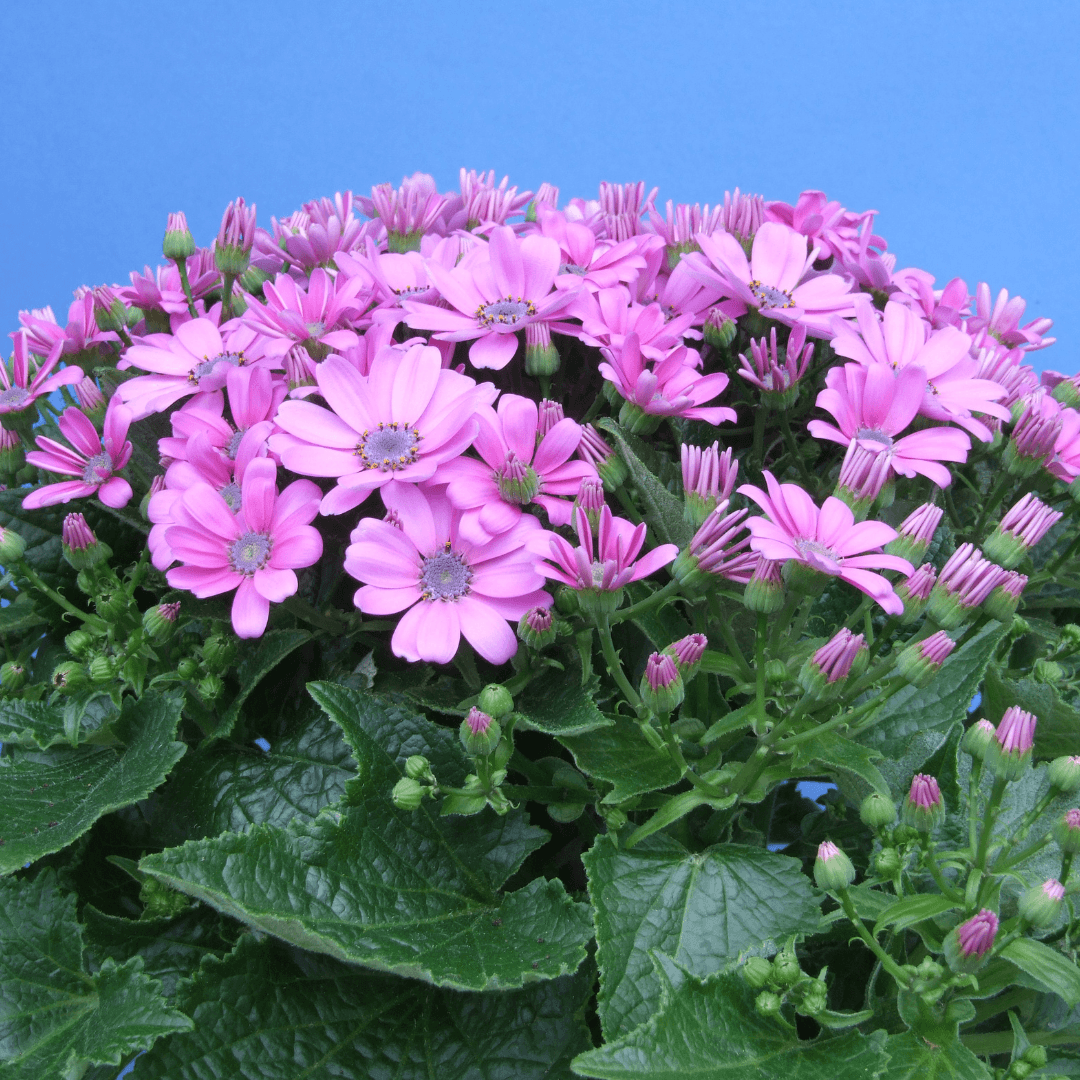
6. Cineraria
Cineraria (also known as florist's cineraria) is a perennial herbaceous perennial planted annually in various climates.
This cool-weather, mid-sized plant comes in various colours and is ideal for spring planters. If the weather is cool enough, it can flower for up to 5 months.
Cineraria needs good drainage and thrives in full sun (if kept cool enough), although it can also thrive in partial shade.
Keep cineraria moist but not damp, and never let the soil fully dry out. You'll have a better chance of succeeding using large pots and plenty of good, moisture-retaining potting soil. Cineraria, like most heavy-flowering plants, has to be fertilized regularly.
This mounding plant is equally at home in groups or on its lonesome. Climbing Jenny, for example, is a spiller plant.
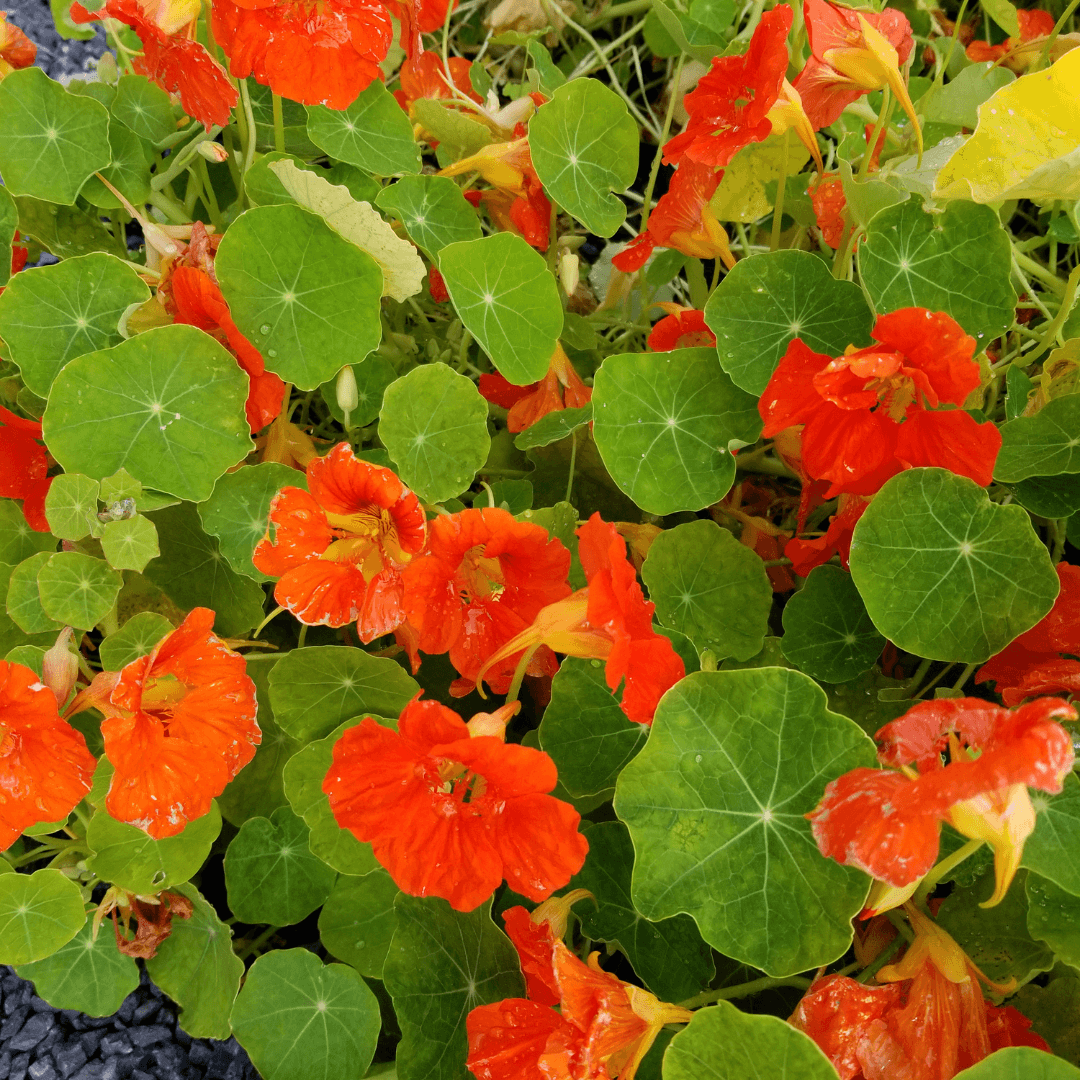
7. Nasturtium Flowers
Nasturtiums are a type of annual that blooms for a long time and thrives in container gardening.
These magnificent tube-shaped flowers come in various colours, including white, red, pink, orange, yellow, and peach, and have distinctive circular foliage that is either solid green or light green with cream splashes.
Nasturtium is now available in bush, mound, and vine types and is frequently bred due to its ease of care and genetic flexibility.
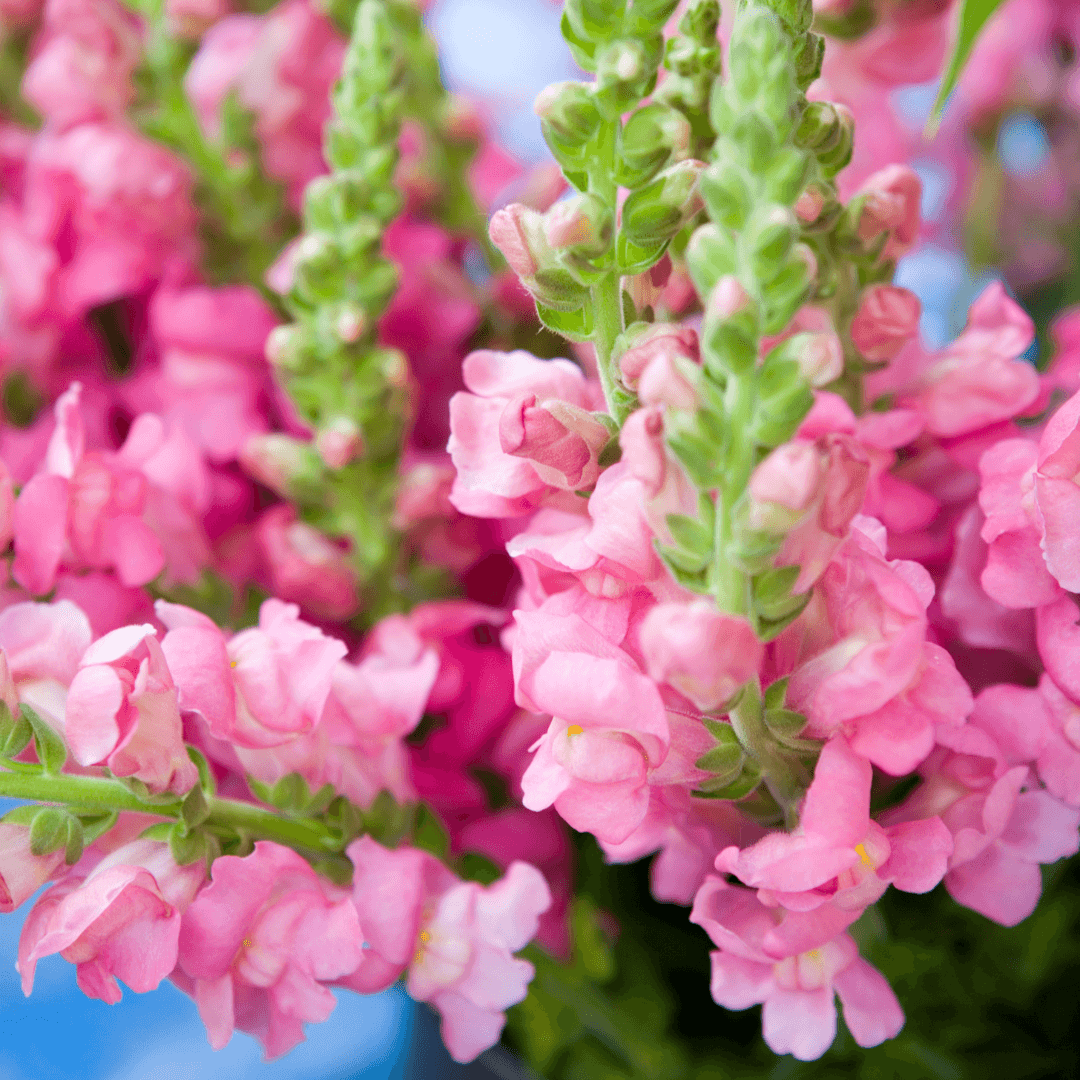
8. Summer Snapdragons (Angelonia Flowers)
Summer snapdragons or angelonia have very thin clusters of petals that spread vertically on each stalk.
Angelonia containers should be put near a wall or taken inside during thunderstorms and other extreme weather conditions to preserve their delicate blossoms from the wind, making this plant an excellent choice for pots and containers.
Angelonia flowers are quite robust, except for a little wind protection. The summer-blooming beauty is heat resilient, drought adaptable, and doesn't require deadheading to produce fresh flower heads throughout the growing season.
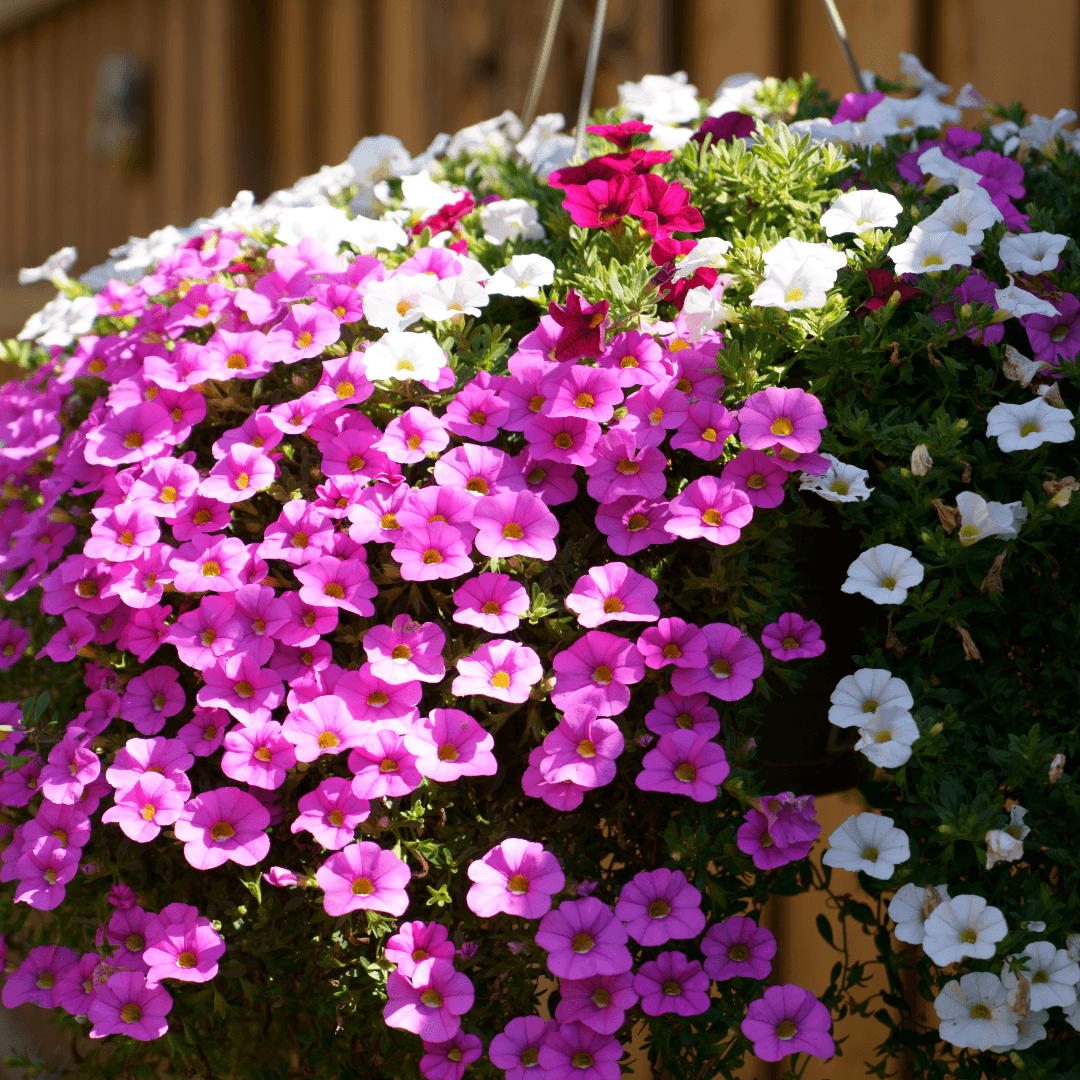
9. Million Bells Flowers
Million Bells flowers come in every colour imaginable and are ideal for hanging baskets. Each hue you see is as brilliant and magnificent as the previous, making it difficult to choose until you see the “Trailing Blue” hybrid, which produces blooms with lovely deep purple petals despite its name.
The beautiful, poignant blossoming bells will stretch out their violet blossoms, providing vibrance to your garden that will remain throughout the summer, no matter what colour you choose.
The trailing hybrids are particularly well-suited to hanging baskets, which we recommend placing at eye level because the bells' flowers are fragrant and well-known for putting on a show in the summer, attracting hummingbirds.
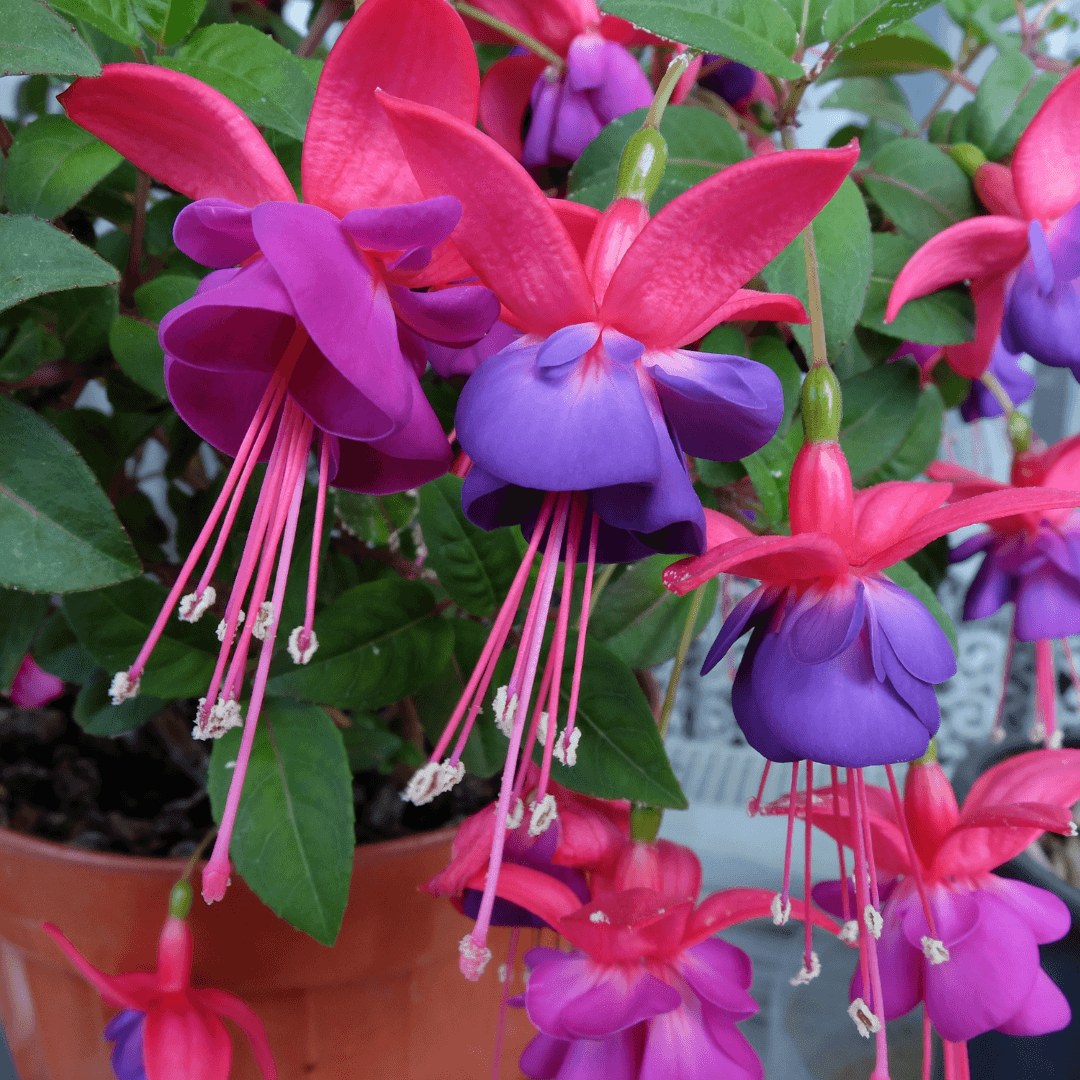
10. Fuchsia
Lady's Eardrops is one of the most unusual nicknames for this Fuschia. Their name isn't the only thing that makes them stand out. Their long stamens protrude from the vibrant purple, white, and pink petals.
Hanging baskets are their most typical application for Fuchsia plants. However, they can also be used as a spiller in mixed plantings.
They don't enjoy the heat, so put them somewhere that will provide some shade to keep them cool.
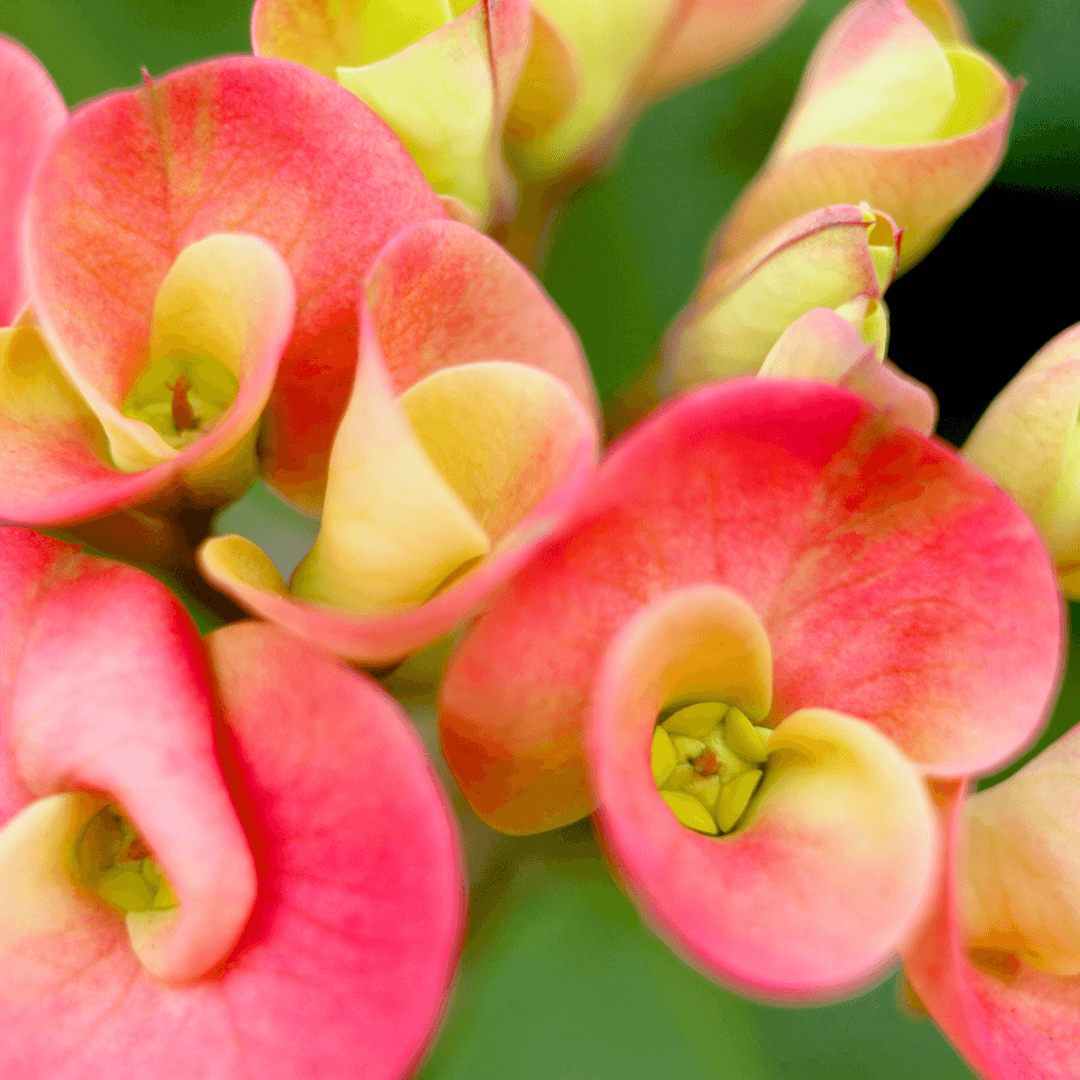
11. Euphorbia Flowers
Euphorbia's frilly, delicate little blossoms are strikingly different from most flowers you'll plant in your container garden. They're a must-have merely for the aesthetic contrast they'll provide.
Many gardeners associate Euphorbia blossoms with lace designs. In a mixed-bag container design, they'll look especially lovely when paired with larger, more prominent flowers.
The Glitz and Diamond Frost cultivars are particularly eye-catching. Euphorbia thrives in full sun to moderate shade and is drought and heat-tolerant.
12. Geraniums
Geraniums are my favourite flowers to grow in containers. They come in many different colours and styles.
They are not winter-hardy and can't be left out in colder climates. Before the frost sets in in the fall, we take the pots into the garage, water them sparingly, and bring them back outside in the Spring.
I usually cut them back early in the year so the plants stay bushier and have time to grow flowers for early summer.
Some of our geraniums are several years old and still have beautiful flowers every summer.
What You Should Do Regularly After Planting The Flowers
Step 1: Water Frequently
Watering densely packed plants in a limited amount of soil as much as once or twice a day is required, especially in hot, sunny, dry weather.
When watering, ensure that the entire soil is soaked in the pot, not just the edges. Plants in pots that dry out too rapidly may outnumber the soil's capacity. Remove some plants, trim them, or relocate the pot to a less bright spot.
Step 2: Fertilize Regularly
Plants that are rapidly growing require a lot of nutrients. Fertilizer is essential in container gardening due to frequent watering and the restricted amount of soil available.
Slow-release fertilizer pellets should be mixed into the potting soil as directed on the packaging.
Throughout the growing season, provide extra nutrients by dissolving a water-soluble fertilizer in the watering can once every week or two. Use a one-half to one-quarter strength dilution, or follow the package directions.
Step 3: Groom, Trim Or Remove Dead Flowers
Pruning lanky stems back to buds or branches and eliminating off-coloured and damaged foliage will keep your plants lush and full.
If you remove the spent blooms before planting seeds, many plants will continue producing fresh flowers. Pinch the flower stems just above a leaf or bud and tie them off.
Step 4: Change Your Plants Seasonally
Pull out the plants when they look weary and past their prime and replace them with new ones.
Grow a succession of plants in your container to keep it current with seasonal themes, such as bulbs and primroses in the spring, annuals and vegetables in the summer, and colourful kale and pansies in the autumn.
Step 5: Preparation For Winter
Containers and their contents need to be protected against freezing temperatures in cold winter settings.
Even sturdy perennials, trees, and shrubs can't stand having their roots completely frozen. If left outside to freeze, terra cotta and ceramic pots may fracture.
Empty the contents of the pots into the compost pile and store the dry pots in a secure garage or cellar.
Wrap chicken wire over tiny tree and shrub pots and fill them with loose mulch-like straw. Store in an unheated but not freezing garage or basement for the winter.
Container gardening may add attractiveness to any yard by filling pots, tubs, and half barrels with flowers, but it can also serve a useful purpose. Container gardening is a great option for folks who don't have a lot of garden areas.
Gardeners with a balcony, a little yard, or just a spot of sun on their driveway can grow a wide variety of vegetable crops in containers in addition to flowers.
Basil, chives, thyme, and other herbs thrive in pots, which can be placed outside the kitchen door in a convenient location.
You can use single, huge containers for outdoor decoration, but you should also consider placing groups of tiny and large pots on stairwells, terraces, or anywhere else in the garden.
Clusters of pots can hold a variety of favourite plants, such as hen-and-chicks or herbs that can be used for both decoration and cooking, or they can hold annuals, dwarf evergreens, perennials, or any other plants you want to explore.
Summering houseplants in the shade are also a lovely addition to container gardening. Additional colour and charm can be added to window boxes and hanging baskets.
Conclusion
Gardening in containers adds variety to both large and small areas. Plants bring instant colour to the garden, act as a focal point, and help tie the house's architecture to the garden.
Install them on a windowsill, the ground or a pedestal, or hang them from your porch.
Container gardening on a deck or patio can bring colour and ambiance to such outdoor resting places, while a pair of matching containers on either side of the front walk acts as a welcoming décor.
I trust you enjoyed this article on the Best Flowers To Grow In Your Container Garden. Please stay tuned for more blog posts soon. Take care!
JeannetteZ
>>>Please click here to read my all-inclusive article about Container Gardening<<<
Are you interested in homegrown herbs and medicine? Please click here to find out more about it!
Your Opinion Is Important To Me
Do you have thoughts, ideas, or questions? I would love to hear from you. Please leave me your questions, experiences, and remarks about this article on the Best Flowers To Grow In Your Container Garden in the comments section below. You can also reach me by email at Jeannette@Close-To-Nature.org.
Disclosure
This post may contain affiliate links. I earn from qualifying purchases as an Amazon Associate and other affiliate programs. Please read my full affiliate disclosure.
You might also enjoy these blog posts:
8 Easy Steps Of How To Grow Beets In Containers
9 Easy Steps To Grow Roses In Containers

